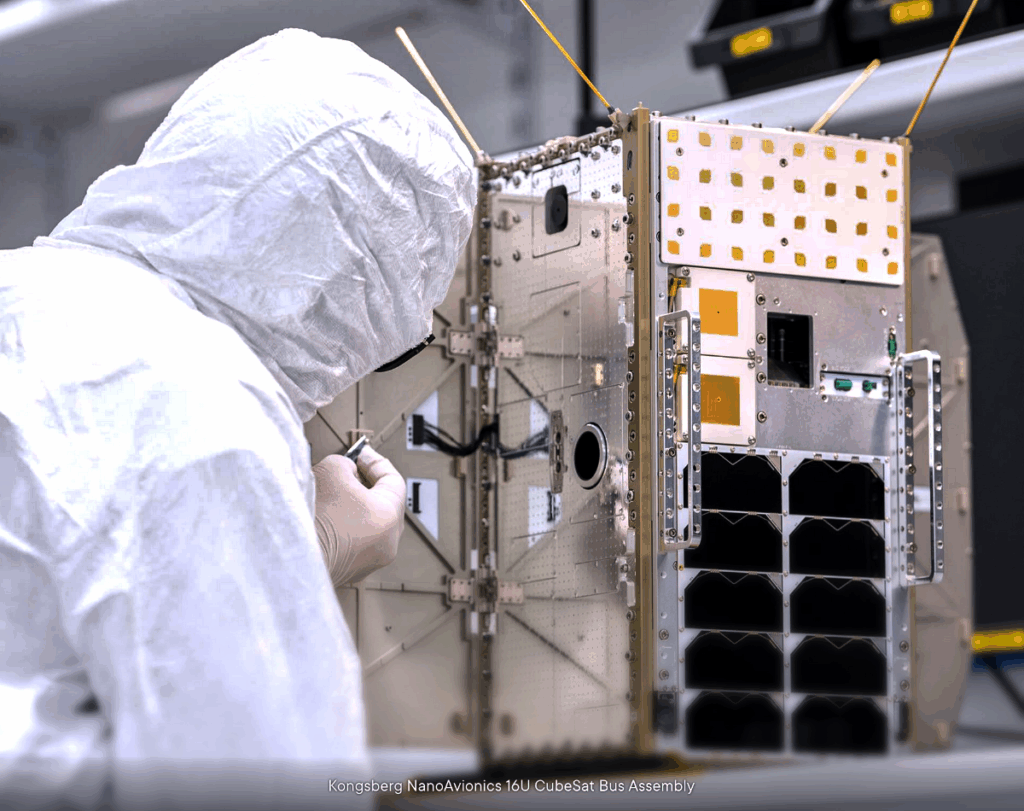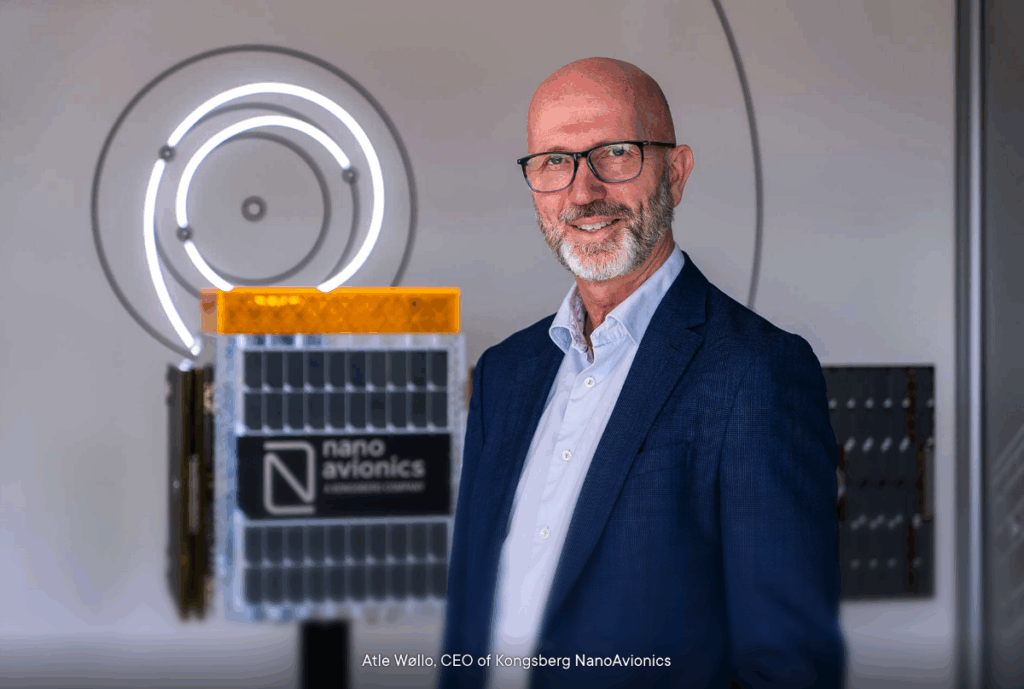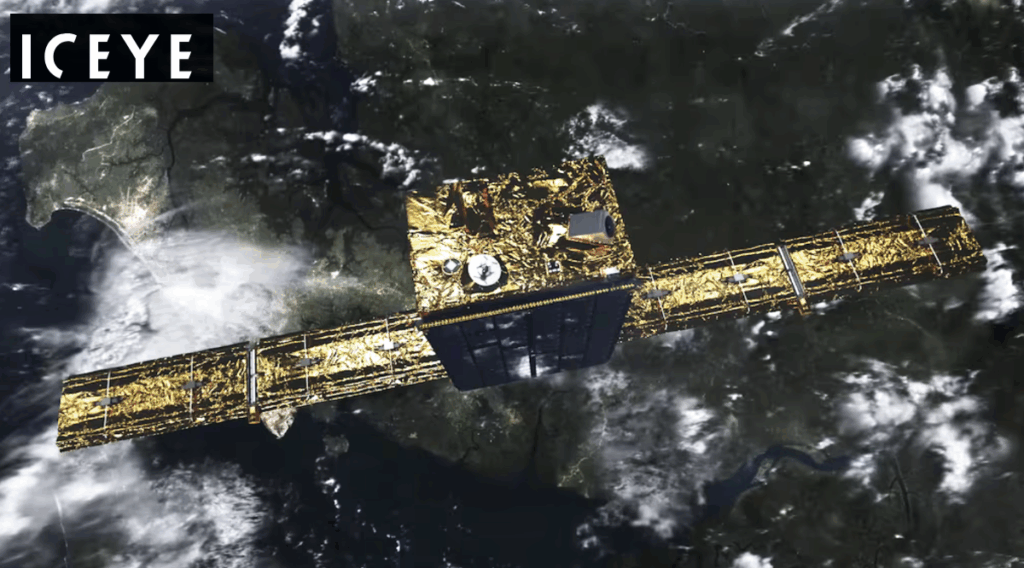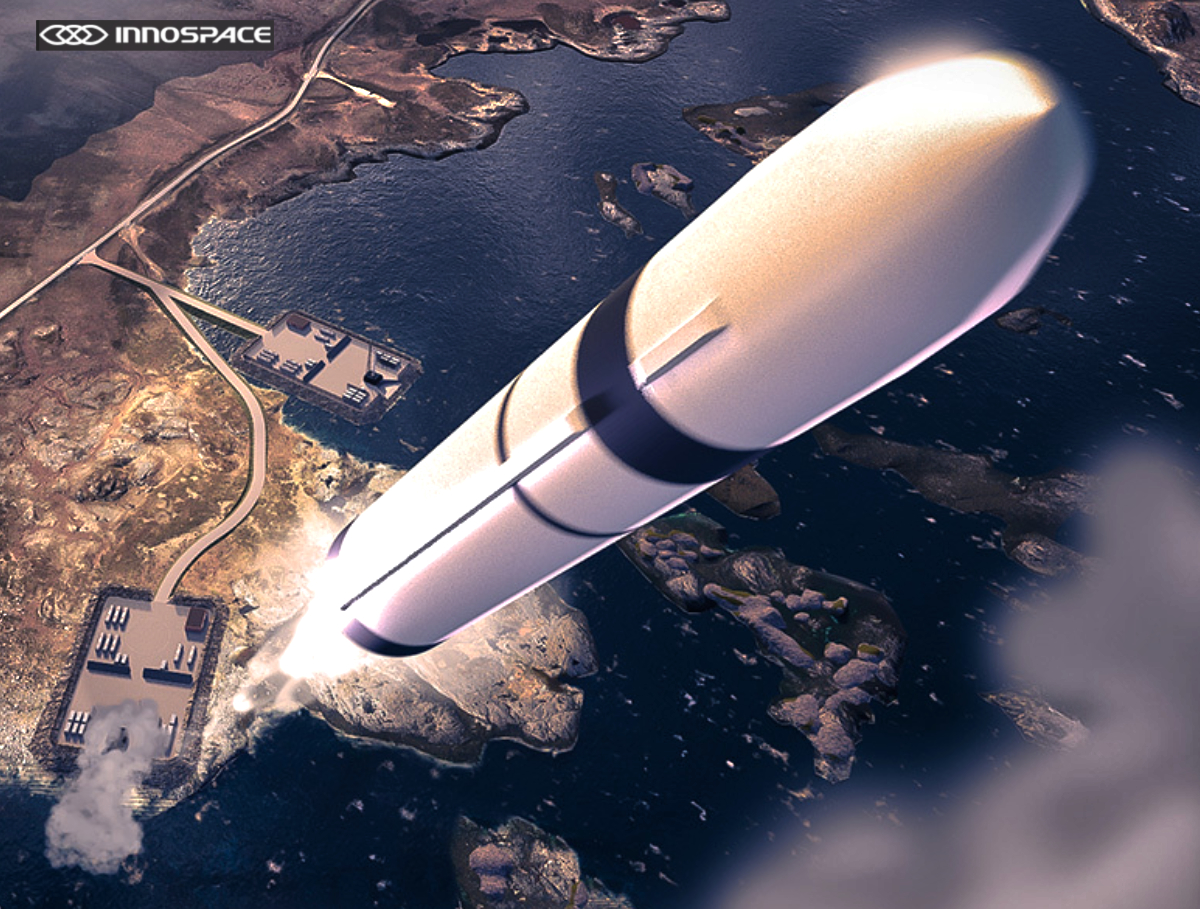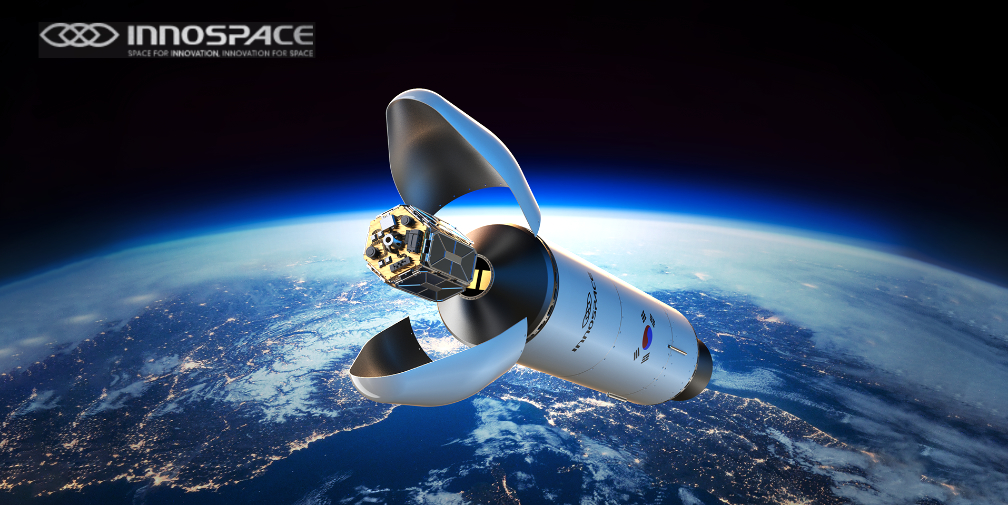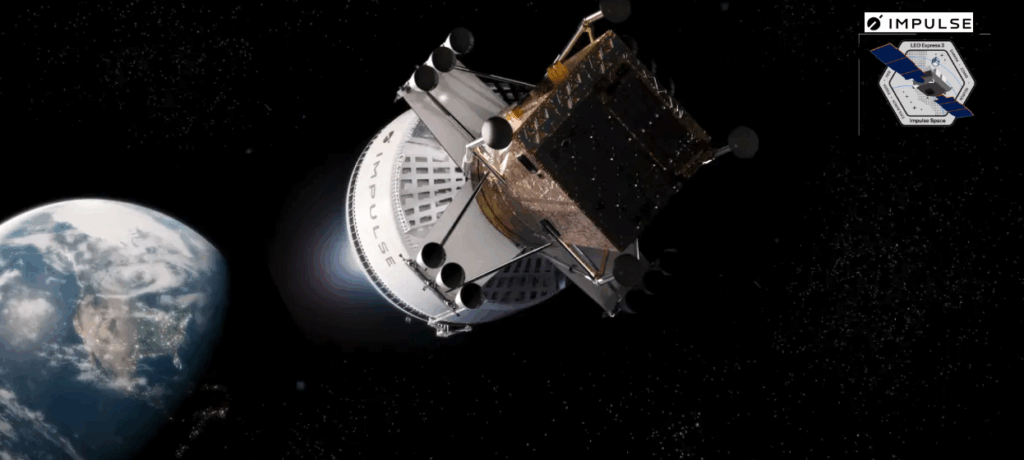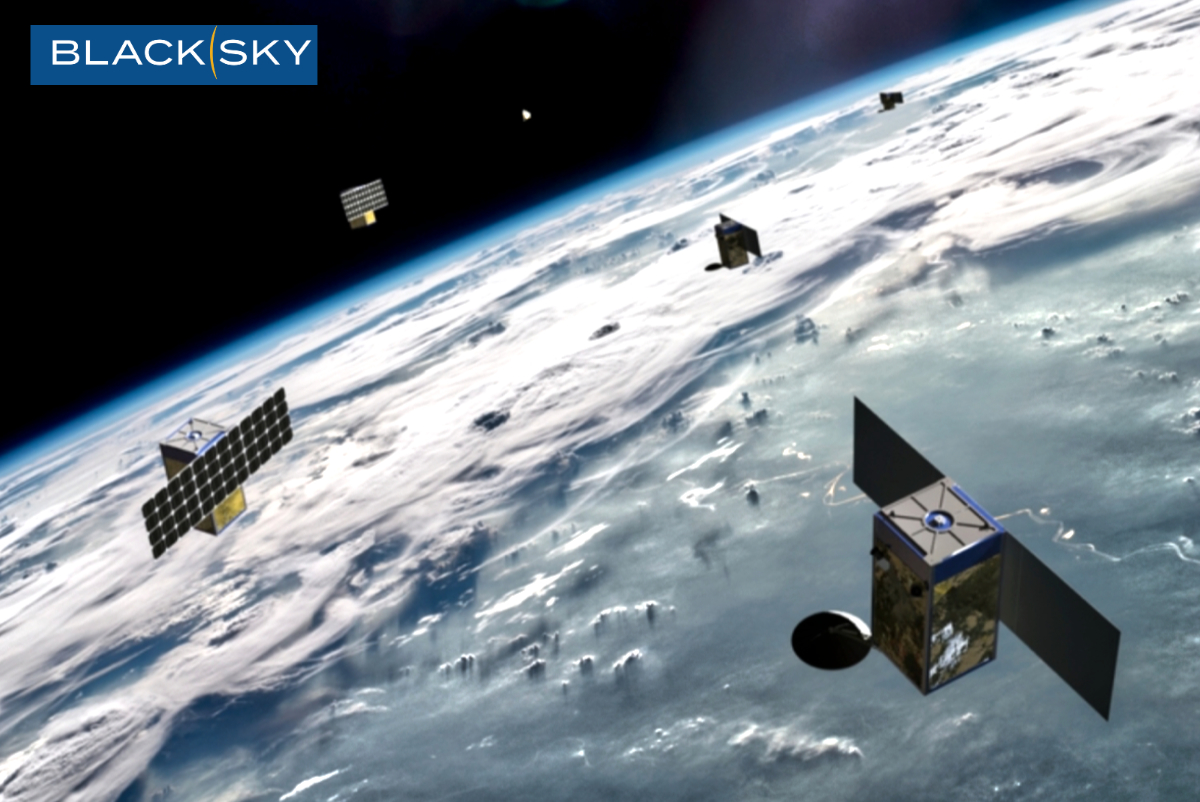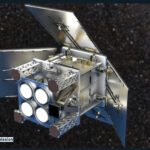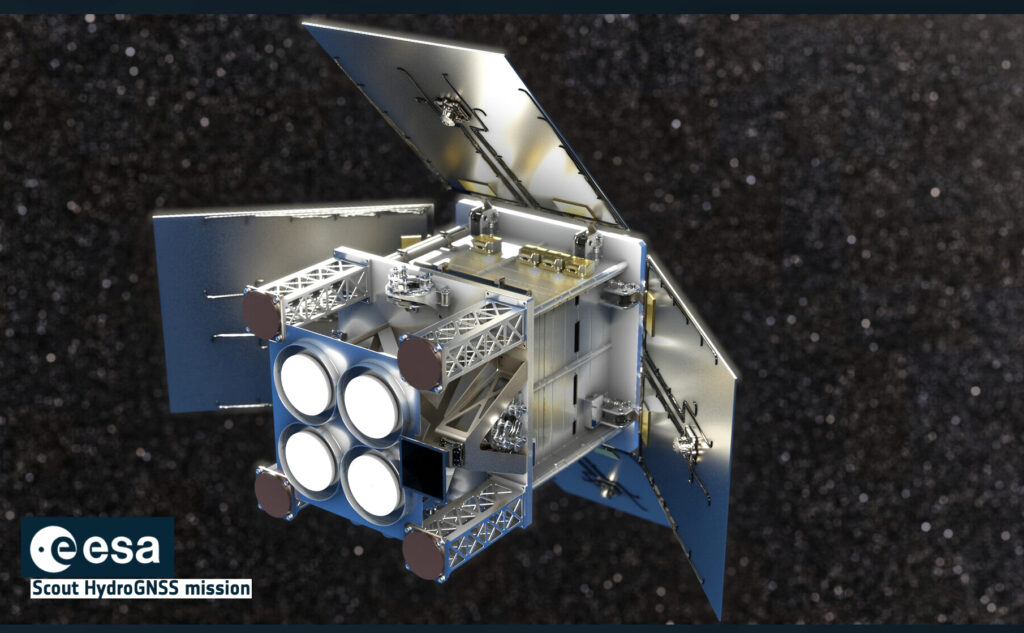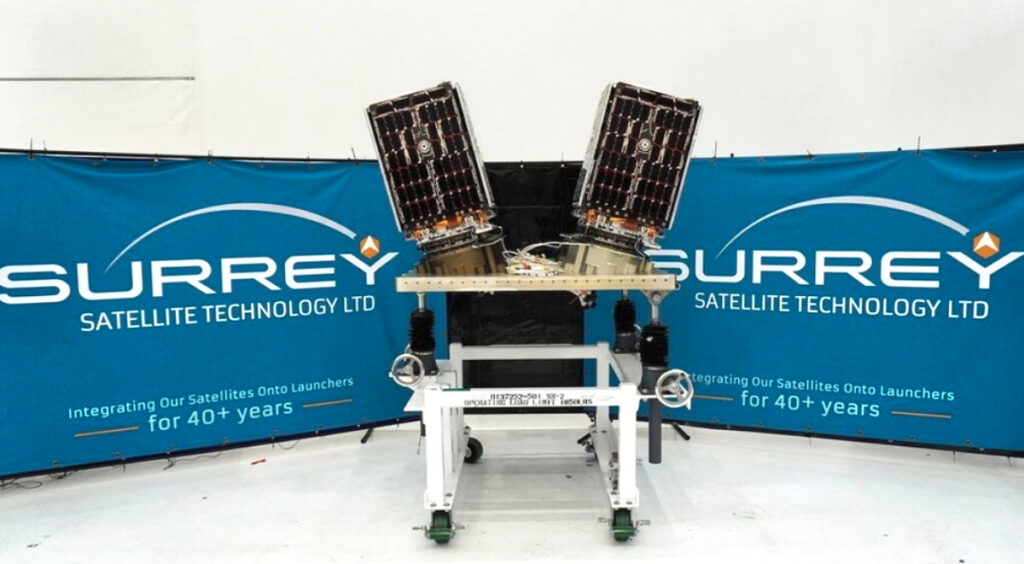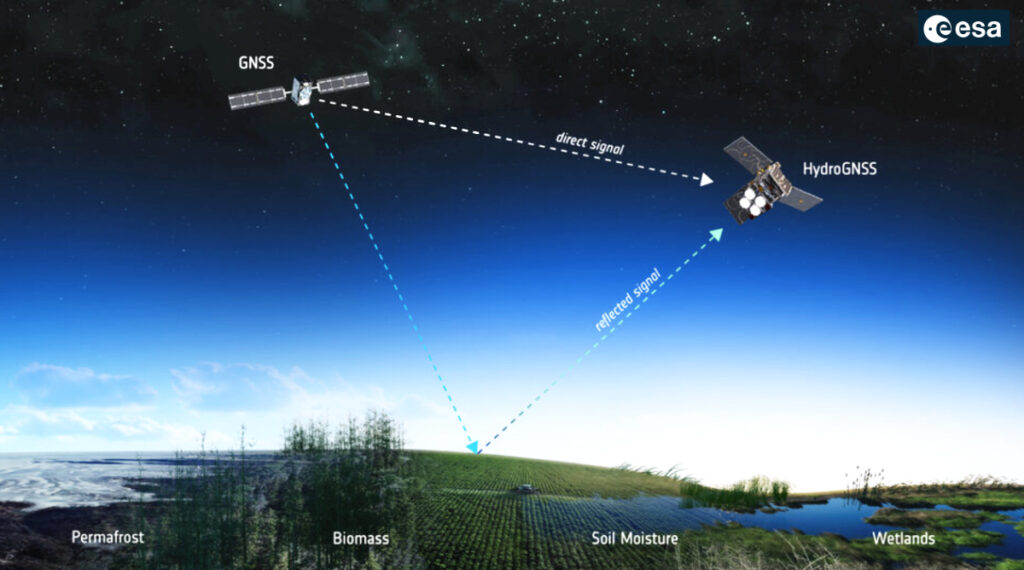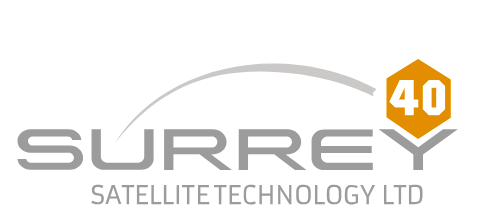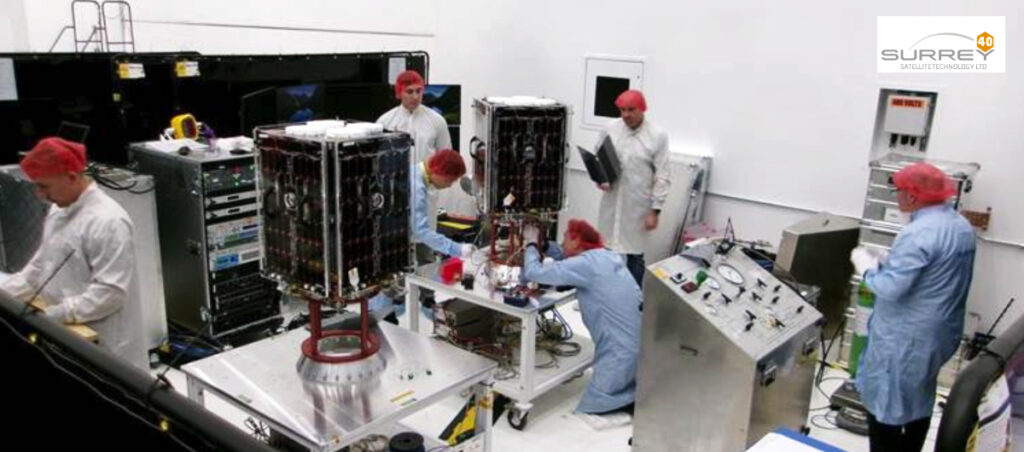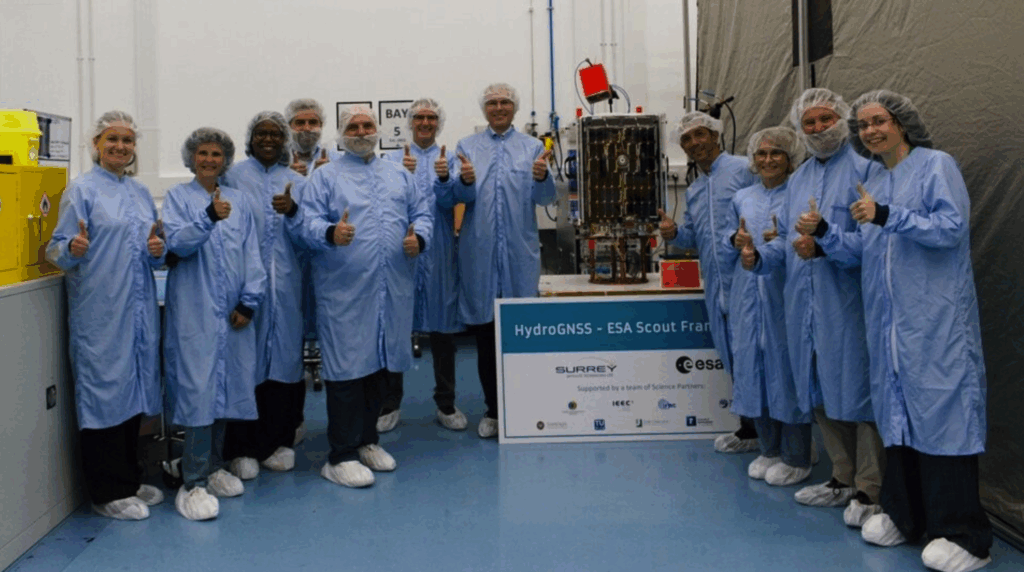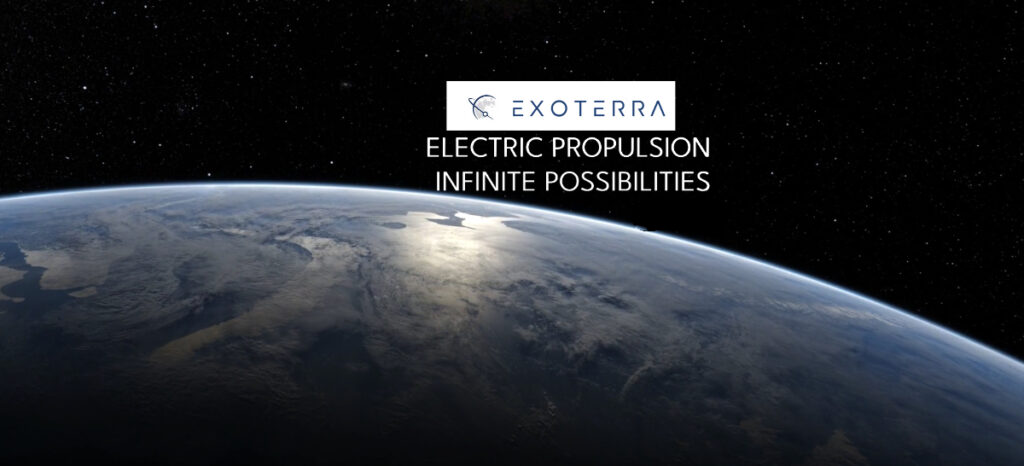
Space Ocean Corp. has approved a Letter of Intent (LOI) with Enduralock that outlines a non-binding strategic collaboration between the firms to integrate Enduralock’s OneLink docking interface into future Space Ocean platforms as a standardized on-orbit connection for fluid, data and power transfer.
docking interface into future Space Ocean platforms as a standardized on-orbit connection for fluid, data and power transfer.

As part of the agreement, Space Ocean intends to adopt Enduralock’s passive male receive port, which is available for Assembly, Integration & Test (AI&T) immediately, as a core interface across its fluid delivery and servicing ecosystem. The OneLink system enables secure transfer of power, data, and fluids, and is designed to support significant axial loads, making it a key enabler for mission-critical operations such as refueling, resource offloading and modular infrastructure support.
system enables secure transfer of power, data, and fluids, and is designed to support significant axial loads, making it a key enabler for mission-critical operations such as refueling, resource offloading and modular infrastructure support.

Eundralock’s OneLink system enables plug-and-play interoperability across a range of mission profiles, from orbital labs and habitats to fuel depots and cargo haulers. Discussions are also underway to explore co-development opportunities, mission-specific customization and feedback-driven enhancements.
system enables plug-and-play interoperability across a range of mission profiles, from orbital labs and habitats to fuel depots and cargo haulers. Discussions are also underway to explore co-development opportunities, mission-specific customization and feedback-driven enhancements.
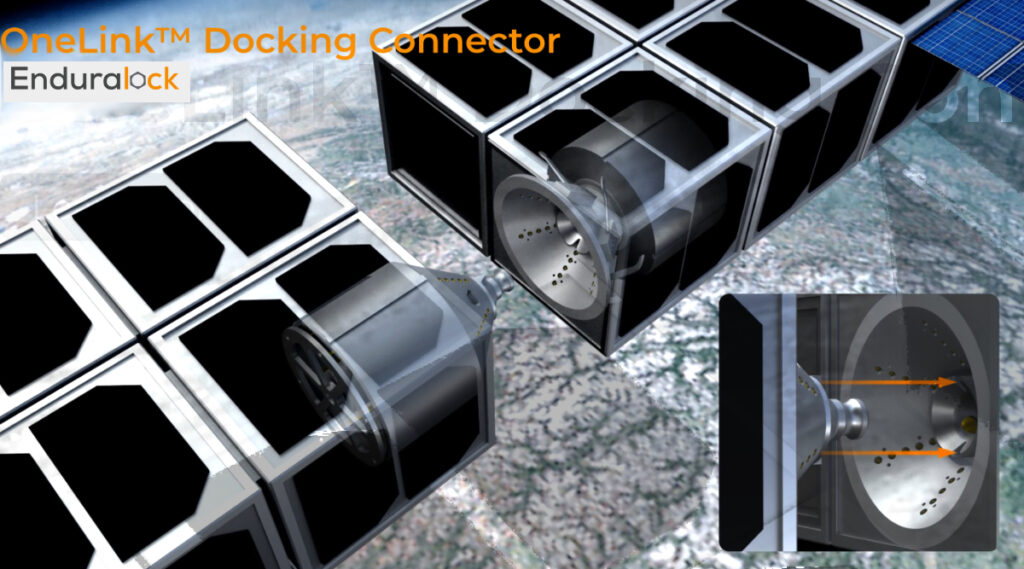
This collaboration marks another key step in Space Ocean’s commitment to building an open, interoperable and serviceable orbital infrastructure where logistics and power can flow across a growing space economy.
The ability for spacecraft, stations, and service vehicles to connect seamlessly in orbit is foundational to building a scalable deep-space economy,” said Paul S. Mamakos, Founder and CEO of Space Ocean Corp. “Enduralock’s OneLink
interface provides the mechanical, fluidic, and digital backbone to support those interactions making it possible for multiple actors to operate across a shared infrastructure layer.”
We’re excited to support Space Ocean’s vision for orbital logistics with a rugged, multi-function interface designed for long-duration use in space,” said Harold Hess, CEO at Enduralock. “Together, we’re making it easier for in-space assets to connect, deliver and refuel.”




